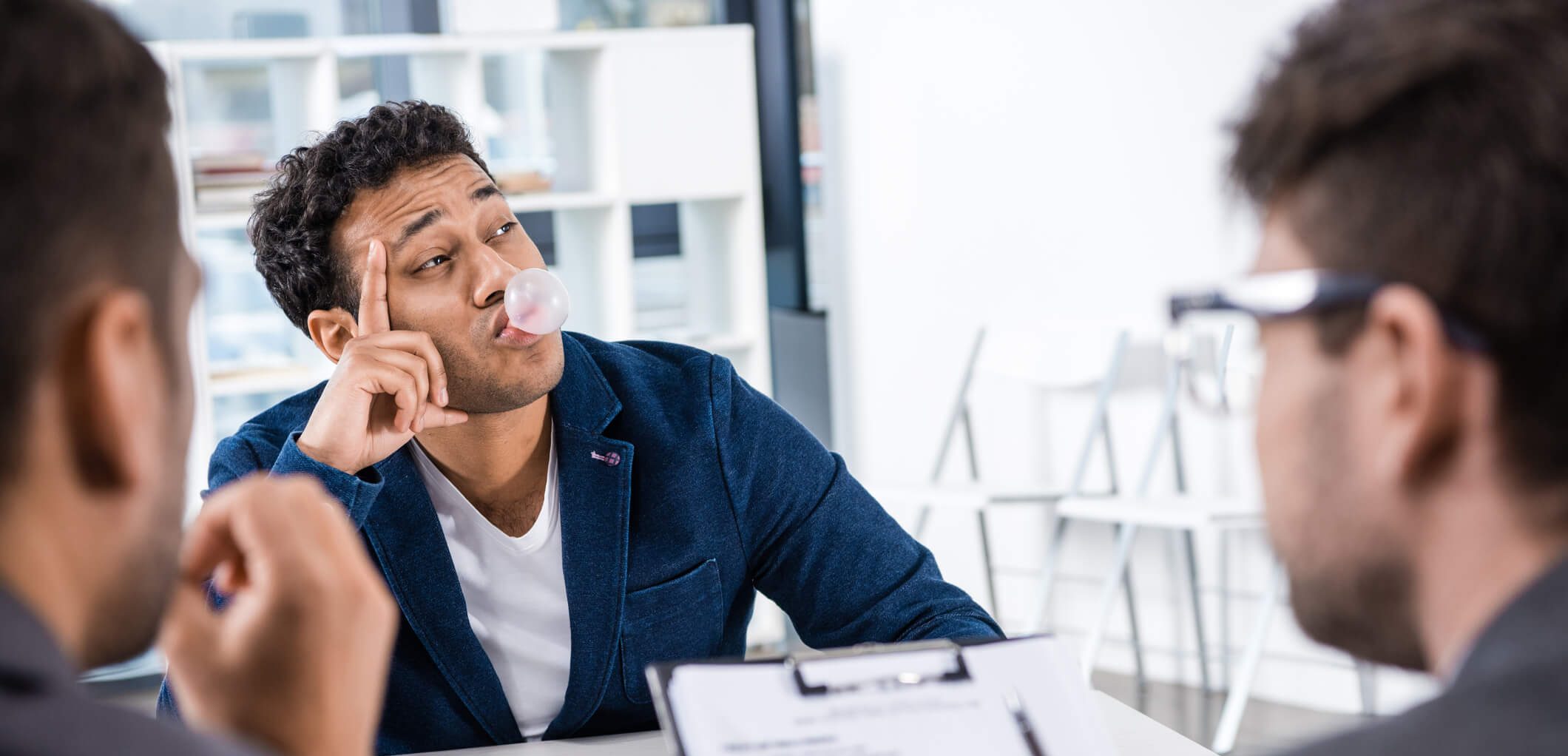Leveraging Body Language, for Communication in the Workplace; Insights from Australian Research
In todays workplace effective communication goes way beyond just words. Body language plays a role in conveying messages, establishing connections and creating a positive work environment. It helps build connections. Studies conducted in Australia have shed light on the importance of signals and its use when it comes to workplace interactions. This article explores the findings of studies and emphasises the significance of understanding and using body language for effective communication at work.
The Influence of Body Language on Communication
We have below a few different studies on the impact body language makes with employees.
A study carried out by the University of Melbourne revealed that 55% of communication is conveyed through cues like facial expressions, gestures and body movements. This research highlights the need to pay attention to body language during interactions to ensure accurate communication.
Building Trust and Rapport: Body language plays a role in building trust and rapport among co-workers. An Australian Journal of Psychology publication unveiled that employees who exhibit confident body language are perceived as trustworthy and approachable by their peers. When we maintain eye contact using postures and nod positively individuals can foster relationships within their work environment. Positivity can be shown.
Nonverbal Communication, in Leadership: Leadership relies on nonverbal body language skills. The impact of this non verbal communication in leadership reveals that leaders who display authoritative body language, such as standing and using expanding gestures are more likely to inspire confidence and motivate their teams. This highlights the importance of cues in projecting competence and influence, especially in leadership.
In Australias workforce cross cultural communication can pose challenges. A study from Monash University emphasised the significance of understanding differences insbody language for communication. It’s crucial to be aware that gestures considered respectful in one culture may be interpreted differently in another. This research underscores the need for sensitivity and awareness when using body language in a workplace.
Nonverbal cues also play a role in conflict management. Issue resolution within the workplace. A study conducted by the University of Queensland demonstrated that employing open body language maintaining a tone of voice and displaying facial expressions can help de-escalate tense situations and promote effective conflict resolution. By using these techniques employees can contribute to a work environment.
Body language can be particularly advantageous in overcoming communication barriers, like language differences or virtual interactions.
Research conducted at the University of New South Wales has shown that including expressions and hand gestures during virtual meetings can enhance understanding and engagement. These nonverbal cues play a role, in compensating for the absence of in person interactions. Contribute to better communication.
In the workplace effective communication goes beyond verbal dialogue. Understanding and making use of body language can significantly improve interactions build trust and enhance workplace dynamics. The studies highlighted in this article emphasise the importance of integrating cues into communication practices. By being mindful of body language and its impact both employees and leaders can contribute to a respectful and productive work environment.
When interacting with co-workers using body language can help convey confidence, competence and approachability.
Here are some tips on using body language during interactions;
- Maintain Eye Contact; When engaging in conversations with co-workers maintaining eye contact demonstrates attentiveness and interest in what they have to say. It also fosters a sense of connection. Builds trust. Avoid staring as it may come across as intimidating.
- Use Open Posture; Stand or sit with a posture during discussions by keeping your arms uncrossed and facing towards the person you’re conversing with. This signals that you are open to communication and receptive, to their ideas.
- Remember to smile A sincere smile can make an impact during interactions showing friendliness, approachability and a positive attitude. Just keep in mind the context. Avoid excessive smiling in formal discussions.
- Offer a handshake; When greeting or saying goodbye to co-workers, its important to offer an professional handshake. Avoid making it too strong or weak.
- Use gestures; Use subtle hand gestures to emphasise points or show interest. However, be cautious not to use distracting gestures that may overshadow your message. Let your gestures complement your speech than overpower it.
- Create rapport through mirroring; Subtly mirror your co-workers body language as a way of establishing rapport and connection. For example if they lean forward slightly you can do the same naturally without seeming forced.
- Active listening cues; Demonstrate listening by nodding your head and using facial expressions that show understanding or agreement. This displays your engagement in the conversation.
- Maintain a tone; Speak with an neutral tone of voice to ensure effective communication. Avoid sounding overly aggressive, defensive or dismissive as it can influence how your message is received.
- Respect space boundaries; Be mindful of space, by maintaining an appropriate distance during interactions.
It’s important to be mindful of space when interacting with others. Standing close may make people feel uncomfortable while standing far away might give the impression of disinterest. - Try to avoid fidgeting as it can convey nervousness or impatience which may not come across as professional. Minimising actions like tapping your fingers or constantly shifting your weight can help you appear composed.
- While nodding can demonstrate agreement or understanding excessive nodding might make you seem eager or insincere. It’s best to use nodding to show your engagement in a conversation.
- Be aware of your expressions as they can give away your emotions. Maintaining an composed demeanour, in challenging situations helps convey professionalism and confidence.
- Respect personal boundaries by considering cultural and individual differences regarding personal space and touch. Always be mindful of others comfort zones. Avoid invading their space.
- When moving around the office or meeting area maintain a posture. Walk with purpose. Avoid slouching or shuffling as it can project a lack of confidence.
Remember that each person has their comfort level, with body language. It’s important to observe how your co-workers react and adjust accordingly. Using these body language techniques can contribute to building relationships encouraging effective collaboration and fostering a positive work environment.
Things to Remember with Body Language
- Be Mindful of Your Objectives; Understand the intentions behind your communication and adapt your body language accordingly. Whether you want to convey confidence, empathy or authority make sure your body language aligns with your goals.
- Maintain Consistency; It’s important to ensure that your verbal and nonverbal cues are consistent. When there is harmony between what you say and how you express it through body language it fosters clarity and trust among co-workers.
- Practice Active Listening; Engage in listening by maintaining eye contact nodding and using expressions that show understanding. Avoid interrupting others and be patient while they speak.
- Cultivate a Strong Presence; When entering a room or participating in a conversation project a sense of presence.. Sit tall maintain posture and demonstrate that you are fully engaged in the interaction.
- Adapt to the Context; Different situations call for types of body language. Whether you’re in a meeting casual discussion or team building activity adjust your body language to suit the context and atmosphere.
- Manage Nervousness; If you feel nervous focus on controlled breathing techniques to calm yourself down. Avoid fidgeting or engaging in distracting behaviours that might indicate anxiety.
- Embrace Mirroring; In order to build rapport, with others subtly mirror their body language when appropriate.
To establish a connection and foster understanding it’s important to adjust your speaking pace, posture and gestures to match those of the person you’re communicating with. - Consider adopting power poses before meetings or presentations. Power poses involve standing with your arms outstretched or placing your hands on your hips. These postures can help boost confidence and alleviate stress.
- Notice subtle facial expressions called microexpressions as they reveal emotions. Being able to recognise these cues can assist you in understanding the feelings of your co-workers.
- When delivering presentations or engaging in conversations use gestures at moments to emphasise key points. However, be mindful not to overuse them as gesturing may distract from your message. Remember, quality matters more, than quantity.
- In settings practice moderation when it comes to touch. Limit contact mainly to instances such as handshakes. Always respect space boundaries. Consider cultural norms regarding touch.
- Maintain comfortable and natural eye contact during interactions to demonstrate interest and engagement. Avoid prolonged staring as it might make others feel uncomfortable.
- Project an approachable demeanour by keeping your arms uncrossed and directly facing others. This open body language conveys receptiveness, towards communication and collaboration.
- Be mindful of differences when interpreting body language cues since different cultures may have varying interpretations. Familiarise yourself with norms to avoid misunderstandings.
- Show Confidence; Demonstrating confidence can be seen through your body language. Stand upright avoid slumping and move with intention to convey a sense of self assurance.
- Practice Empathy; When discussing topics use body language such, as leaning in slightly and maintaining eye contact. This will help show understanding and support.
- Pay Attention to Nonverbal Signals; Take note of your co-workers nonverbal cues to gauge their reactions. If you sense confusion, disagreement or interest adjust your body language accordingly.
- Continuously Improve; like any skill, mastering body language requires practice. Regularly evaluate your interactions. Seek feedback to refine your communication skills.
Keep in mind that body language is a form of communication that can vary based on personalities and cultural backgrounds. By being aware of the subtleties of cues and consistently improving your approach you can become more skilled, at using body language to enhance interactions.
You can learn more from our specialist body language training sessions. We tailor our program and are one of the only training organisations that actually have a Body language expert and international best selling author available in this area. Find out more by contacting our team.

David Alssema is a Body Language Expert and Motivational Speaker. As a performer in the personal development industry in Australia he has introduced and created new ways to inspire, motivate and develop individuals.
David Alssema started his training career with companies such as Telstra and Optus Communications, and then developed Neuro-Linguistic Programming (NLP) within workplace training as principal of Paramount Training & Development.
As an author/media consultant on body language and professional development David has influenced workplaces across Australia. He contributes to Media such as The West Australian, ABC Radio, Australian Magazines and other Australia Media Sources.






